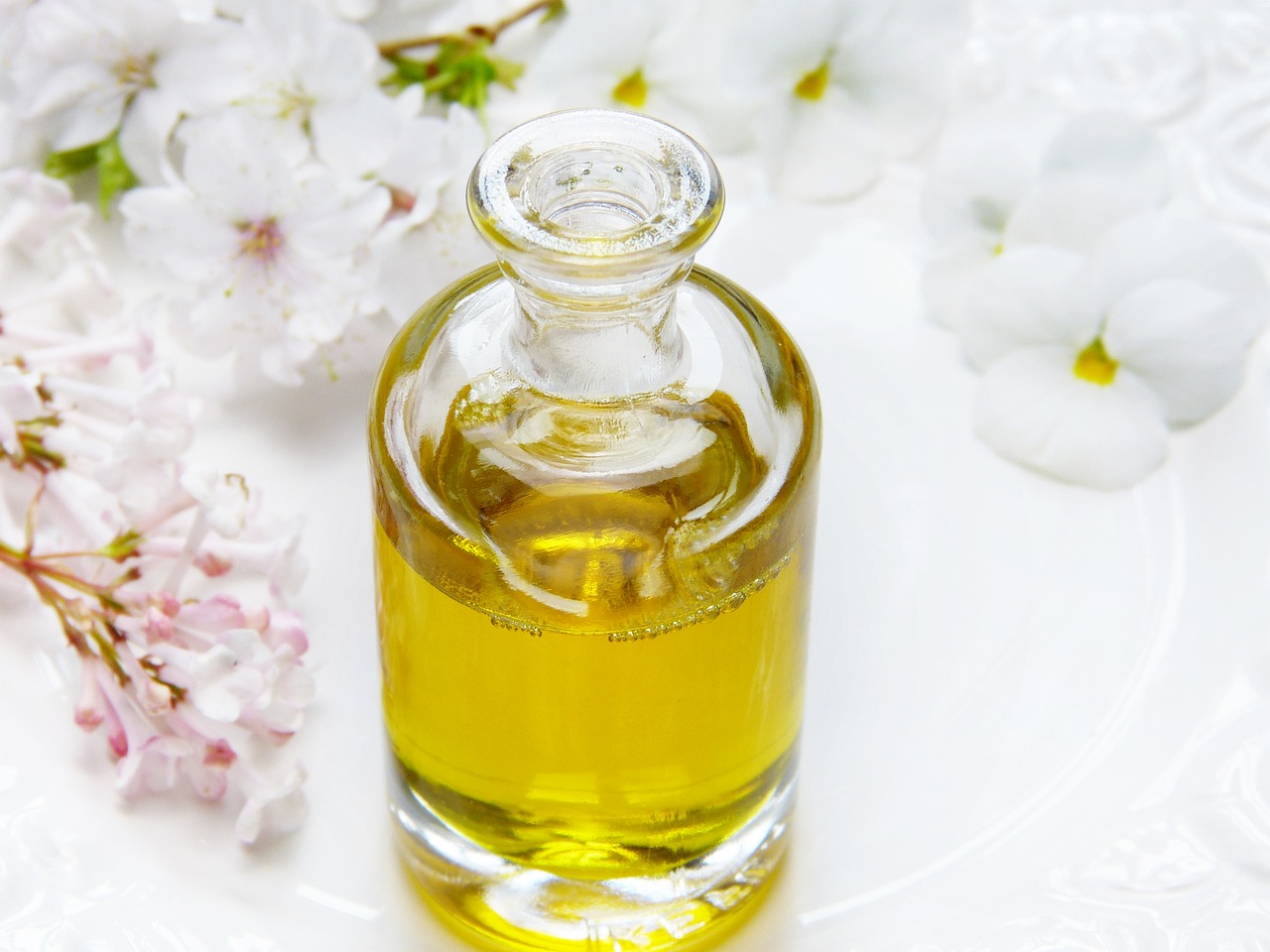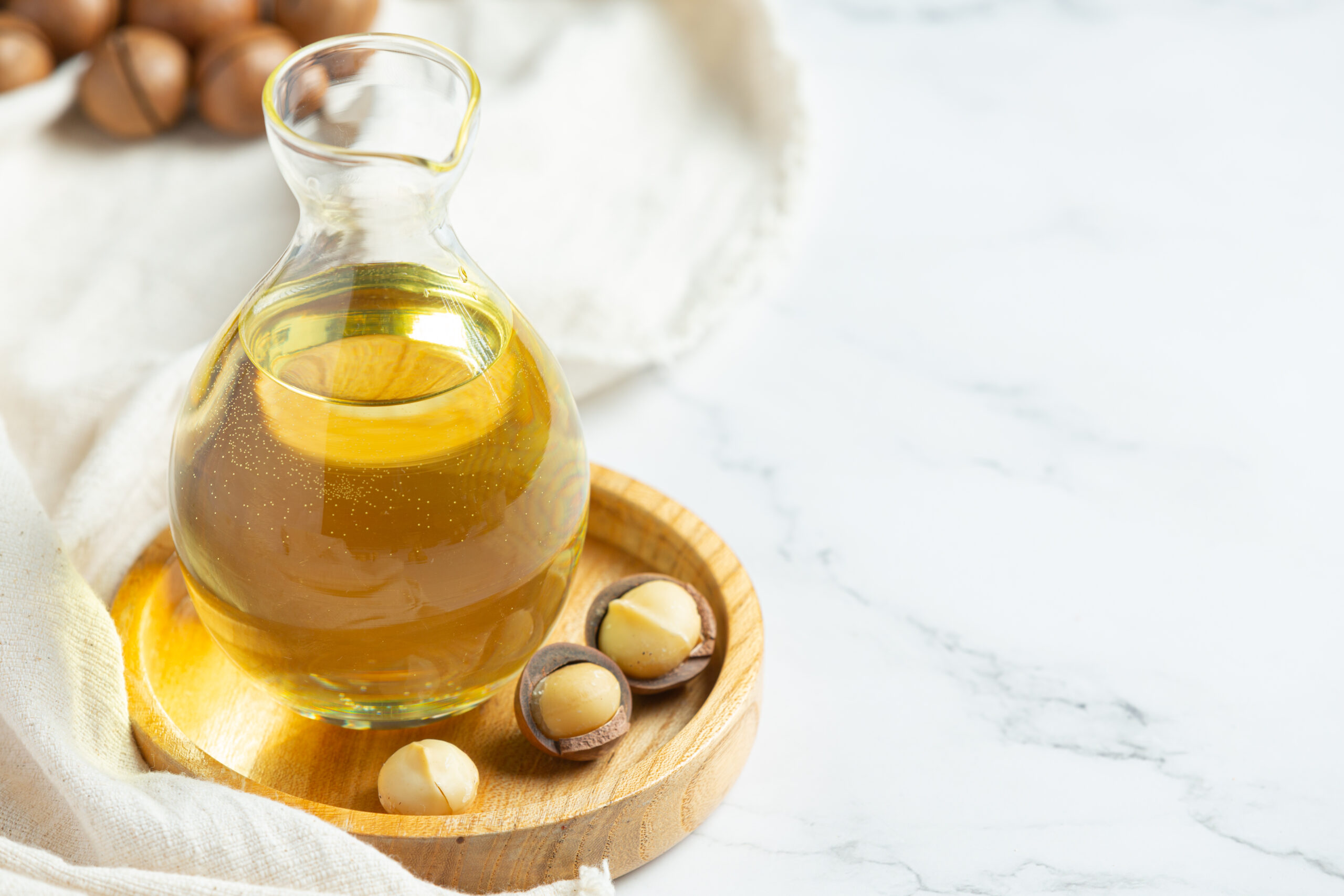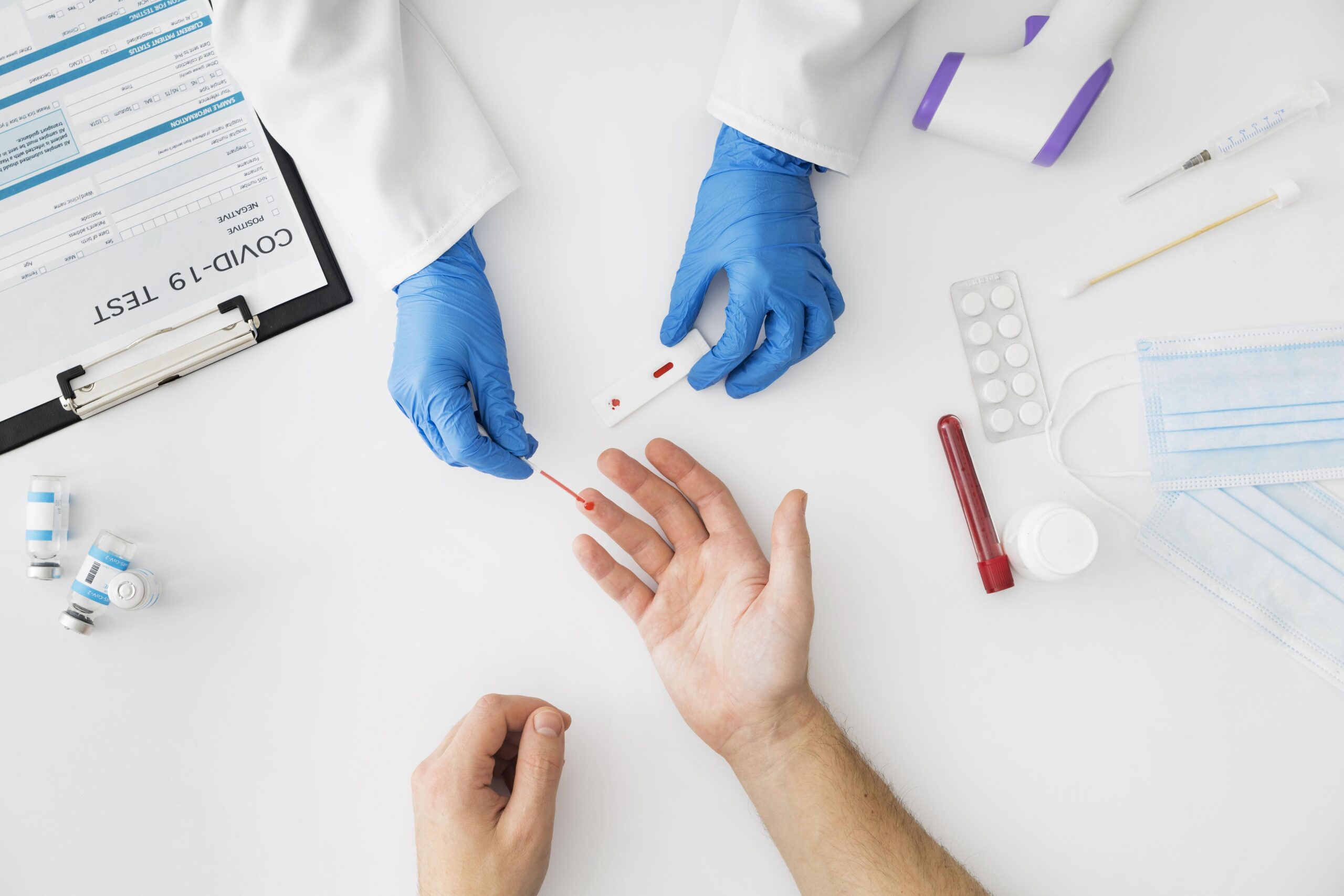Lipids are a group of natural organic compounds that do not dissolve in water. Instead, they dissolve in organic substances. Lipids are most often made from alcohol and fatty acids. Their structure contains large amounts of carbon, hydrogen, and oxygen molecules. They occur in nature. People absorb them from the outside in animal and plant foods and even cosmetics, but they also synthesize some in their bodies.
Their meaning is also broad – they play a life-giving role, enabling the functioning of living organisms, but they also pose a threat. It is crucial to regulate the consumption of foods rich in fats, as lipids tend to accumulate in the body, forming fatty tissue that can be challenging to eliminate.
The typical division of lipids![]() takes into account differences in their chemical structure. This classification includes:
takes into account differences in their chemical structure. This classification includes:
In addition to the above list, several other divisions are also based on origin (animal, plant, or synthetic) or form (solid and liquid).
Simple lipids are organic compounds that are esters of alcohols and fatty acids![]() . Specialists divided these lipids into two standard groups. The first group consists of proper fats, which are mainly composed of triglycerides. Triglycerides are compounds in which fatty acid residues have esterified all three hydroxyl groups.
. Specialists divided these lipids into two standard groups. The first group consists of proper fats, which are mainly composed of triglycerides. Triglycerides are compounds in which fatty acid residues have esterified all three hydroxyl groups.
From a chemical perspective, the properties of these lipids are primarily determined by the type of acid that constitutes the compound. Saturated acids![]() , mostly of animal origin, give them a solid consistency, while unsaturated, predominantly plant-based, determine their liquid form.
, mostly of animal origin, give them a solid consistency, while unsaturated, predominantly plant-based, determine their liquid form.
In the human body, fat tissue is used as reserve material. It also acts as thermal insulation, protecting against low temperatures, and as a cushion for the body's outer layers (subcutaneous fat) and internal organs.
Waxes![]() , also classified as simple lipids, are characterized by their low melting point and high resistance to chemical agents and enzymes. They occur naturally in both animal organisms (e.g., as a component of sebum) and plants. Waxes protect against water loss, microorganisms, and low temperatures.
, also classified as simple lipids, are characterized by their low melting point and high resistance to chemical agents and enzymes. They occur naturally in both animal organisms (e.g., as a component of sebum) and plants. Waxes protect against water loss, microorganisms, and low temperatures.
Animal-based fats include butter, margarine, lard, bacon, and cod liver oil, while vegetable oils include rapeseed, sunflower, olive oil, and many others. Due to the abundance of hydrogen atoms, fats are an excellent energy source.
Vegetable-based waxes include jojoba oil, carnauba oil, and candelilla oil. Minerals (paraffin), microcrystalline (ceresin), and synthetic waxes are also produced in laboratories due to chemical changes.

Complex lipids![]() are a class of esters formed by the hydrolysis of fats and oils. They are composed of alcohol and fatty acids and contain hydrophilic groups originating from other chemical compounds. Among the complex lipids, we find phospholipids, glycolipids, and sphingolipids.
are a class of esters formed by the hydrolysis of fats and oils. They are composed of alcohol and fatty acids and contain hydrophilic groups originating from other chemical compounds. Among the complex lipids, we find phospholipids, glycolipids, and sphingolipids.
Phospholipids![]() , classified as membrane lipids, are crucial components of cell membranes. They are also the principal constituents of the myelin sheaths of neurons and a necessary element of surfactants, which prevent the alveoli's membranes from adhering. When combined with nitrogen compounds such as choline, they form lecithins, which play a crucial role in the nervous system of humans and animals.
, classified as membrane lipids, are crucial components of cell membranes. They are also the principal constituents of the myelin sheaths of neurons and a necessary element of surfactants, which prevent the alveoli's membranes from adhering. When combined with nitrogen compounds such as choline, they form lecithins, which play a crucial role in the nervous system of humans and animals.
Glycolipids![]() are another important class of lipids in nervous system cell membranes and tissues. They play a vital role in transmitting nerve impulses and act as receptors.
are another important class of lipids in nervous system cell membranes and tissues. They play a vital role in transmitting nerve impulses and act as receptors.
Sphingolipids![]() are fundamental components of the outer layers of cell membranes. They display high chemical and physical resistance, making them ideal for protective functions. Some sphingolipids are involved in transmitting nerve signals and can also prevent apoptosis, which is programmed cell death.
are fundamental components of the outer layers of cell membranes. They display high chemical and physical resistance, making them ideal for protective functions. Some sphingolipids are involved in transmitting nerve signals and can also prevent apoptosis, which is programmed cell death.
Lipids are necessary for the proper functioning of the human body. Due to their great diversity, there is also a wide range of impacts. Lipids are a highly concentrated source of energy and building material, regulators of metabolic processes, and transmitters of cellular signals.
To summarize, the fundamental functions of lipids![]() are:
are:
Lipids have been successfully used in cosmetics![]() for a long time. It is related to their nutritional and protective properties. In addition, lipids affect skin irritations, soothing them and affecting the regeneration and improvement of the condition and appearance of our skin. It is worth knowing that a deficiency of these ingredients causes, among others:
for a long time. It is related to their nutritional and protective properties. In addition, lipids affect skin irritations, soothing them and affecting the regeneration and improvement of the condition and appearance of our skin. It is worth knowing that a deficiency of these ingredients causes, among others:
The lipid layer may be disturbed by, e.g., skin diseases (such as atopic dermatitis, dermatosis, or allergies), external factors (solar radiation, dry and warm indoor air, frequent washing of the skin, skin disinfection, wind, frost, or the use of preparations exfoliating the skin), as well as natural skin aging processes, during which the production of squalene, ceramides, and sterols is reduced.
Cosmetic preparations containing lipids are of particular importance for children, due to their epidermis's relatively thin lipid layer, which can be easily damaged or weakened by external factors such as warm and dry air.

These preparations use lipids derived from both plant and animal sources. The latter group includes ceramides, lecithin, phospholipids, and cholesterol, all of which soften and moisturize the skin. By strengthening the skin and increasing its elasticity, these lipids reduce the evaporation of moisture from the surface of the epidermis.
Vegetable fats, extracted, for instance, from ripe fruit seeds, are used in cosmetic preparations. Their oil is replete with active substances such as vitamin E, antioxidants, and fatty acids, which help moisturize the skin, facilitate the penetration of nutrients, rejuvenate the skin, and ensure its proper elasticity while preventing it from drying out.
Vegetable fats also have a soothing effect on irritations, inflammation, itching, roughness, and flaking. Examples of vegetable oils used in cosmetic preparations include wheat germ oil, argan oil, coconut oil, avocado oil, walnut oil, macadamia oil, and linseed oil.
While possessing beneficial properties, they can also harm human health. High levels of saturated and trans fats in food consumption can lead to elevated levels of low-density lipoprotein![]() (LDL) cholesterol
(LDL) cholesterol![]() , colloquially known as “bad” cholesterol, in the bloodstream. It is a significant risk factor for atherosclerosis and the resulting cardiovascular diseases, including heart attacks and strokes.
, colloquially known as “bad” cholesterol, in the bloodstream. It is a significant risk factor for atherosclerosis and the resulting cardiovascular diseases, including heart attacks and strokes.
Furthermore, the excessive consumption of saturated fats![]() can lead to issues such as overweight and obesity, along with its further consequences, such as insulin resistance and type 2 diabetes. Lipid peroxidation, another serious issue, denotes the process of fat degradation due to free radical reactions. This results in the production of harmful substances such as malondialdehyde (MDA), which possess cytotoxic, mutagenic, and carcinogenic properties, disrupt the integrity of cell membranes, accelerate the aging process of the body, and may lead to the development of neurodegenerative diseases.
can lead to issues such as overweight and obesity, along with its further consequences, such as insulin resistance and type 2 diabetes. Lipid peroxidation, another serious issue, denotes the process of fat degradation due to free radical reactions. This results in the production of harmful substances such as malondialdehyde (MDA), which possess cytotoxic, mutagenic, and carcinogenic properties, disrupt the integrity of cell membranes, accelerate the aging process of the body, and may lead to the development of neurodegenerative diseases.
Some fatty acids that hurt our bodies include trans fats and saturated fats. Saturated fatty acids are the source of the so-called “empty calories,” and their excess (lauric, myristic, palmitic acid) hurts the development of cancer (especially prostate, colon, and breast) and atherosclerosis. Stearic acid, found in solid fats, does not increase LDL cholesterol in the blood.
As for trans isomers of fatty acids, their formation is related to the industrial processing of fats, and they increase the risk of atherosclerosis. In the case of trans isomers of unsaturated fatty acids (TFA), they increase LDL concentration even more than saturated fatty acids. Additionally, their action causes a decrease in HDL concentration.
The standard sources of TFA include hydrogenated vegetable fats and products made with them, e.g., confectionery and frying fats, hard margarine, cookies, bars, and fast food.
A health problem is increased lipid levels that significantly exceed the body's needs. A test called a lipid profile or lipid panel is used to assess lipid metabolism. This test includes the determination of the concentrations of the following ones:
HDL primarily transports excess cholesterol from body cells to the liver, where it can be processed and removed from the body, which protects against the development of atherosclerosis. LDL delivers cholesterol to cells, where its excess is deposited, among others, in the walls of blood vessels, contributing to the development of atherosclerosis and its consequences. However, both lipoprotein types in appropriate concentrations are necessary for the proper functioning of the body.
A small sample of venous blood is typically collected from the antecubital vein to determine an individual's lipid profile. A fingertip can be pricked for rapid screening strip tests to produce a small drop of blood. This process is minimally invasive and yields accurate results. It is a simple and effective means of assessing an individual's lipid levels, which can provide insight into their risk for cardiovascular disease and other health conditions. Healthcare providers can develop targeted treatment plans and interventions to improve patient outcomes by collecting and analyzing lipid profile data.

The norms![]() are:
are:
For LDL cholesterol (“bad cholesterol”) the norm depends on the cardiovascular risk:
Modifiable cardiovascular risk factors![]() include:
include:
Non-modifiable cardiovascular risk factors![]() are:
are:
Cardiovascular risk factors include increased plasma concentrations of C-reactive protein (CRP), homocysteine, lipoprotein (a), and fibrinogen.
If we can manage those factors, then there is a lesser risk of getting high LDL cholesterol levels.